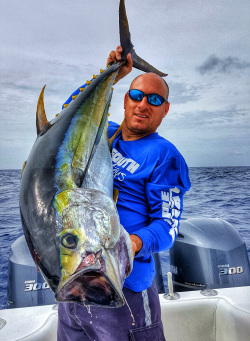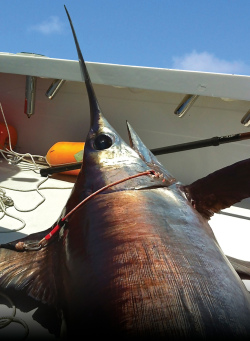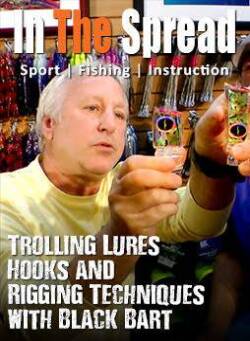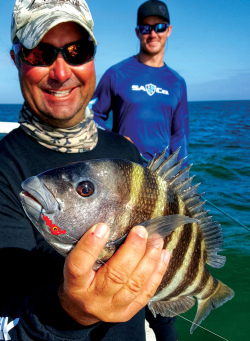This video reveals how understanding ocean currents and structure can dramatically improve your blue marlin fishing success.
Blue Marlin – the Fundamentals of Fishing Structure
Blue Marlin – the Fundamentals of Fishing Structure
(00:29:51)
Watch Full Video
View Short Trailer
Instructor:
Kevin Hibbard
Description
/
Review
/
Instructor
Video Summary:
- Importance of Structure in Marlin Fishing
- Captain Kevin Hibbard: His insights on locating blue marlin.
- Role of Ocean Currents and Upwelling: Exploration of how ocean currents and upwelling impact marlin behavior.
- Fishing Techniques for Blue Marlin: Tips and strategies focusing on the importance of understanding ocean structures and currents.
In this video, you will learn how to identify and fish structure, and how to use it to your advantage in blue marlin fishing. You will discover how ocean currents, upwelling, and bottom topography influence the presence and movement of blue marlin and their prey.
Login
to leave a review.
User Reviews
There are no reviews yet.Kevin Hibbard
Captain Kevin Hibbard, a renowned blue marlin fishing expert, has a deep connection to the ocean and has honed his skills in heavy tackle and lure fishing. He has honed his knowledge and techniques from the best captains in the business, including Henry Chee and George Parker. Hibbard's approach to fishing is simple, focused, and trusting, ensuring the best lures are chosen for the ocean's conditions. His dedication to the craft and his passion for the ocean's giants make him a sought-after fishing expert.
Read moreVideos
We Recommend
0




